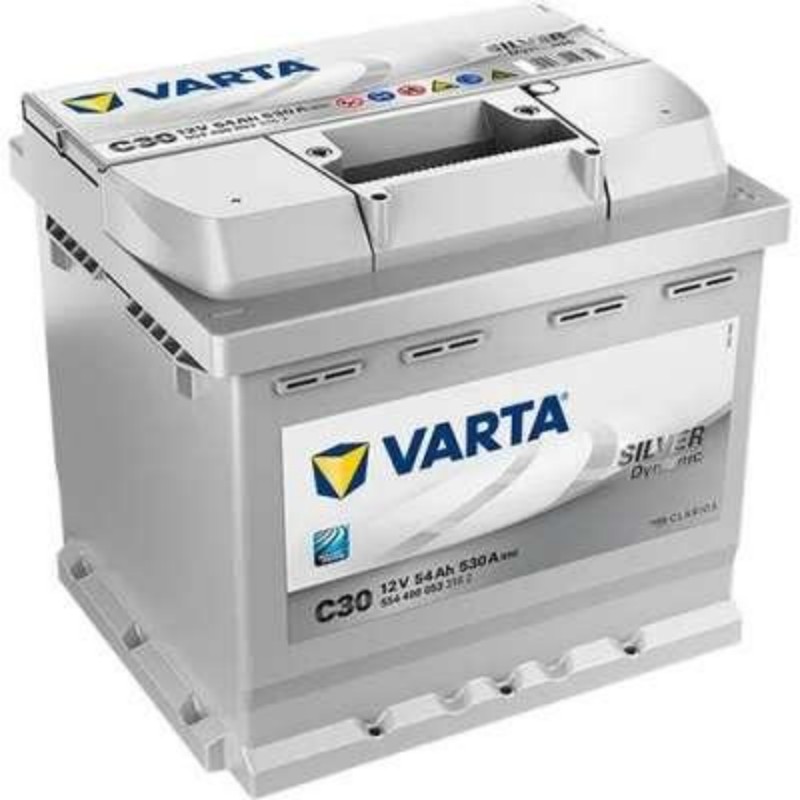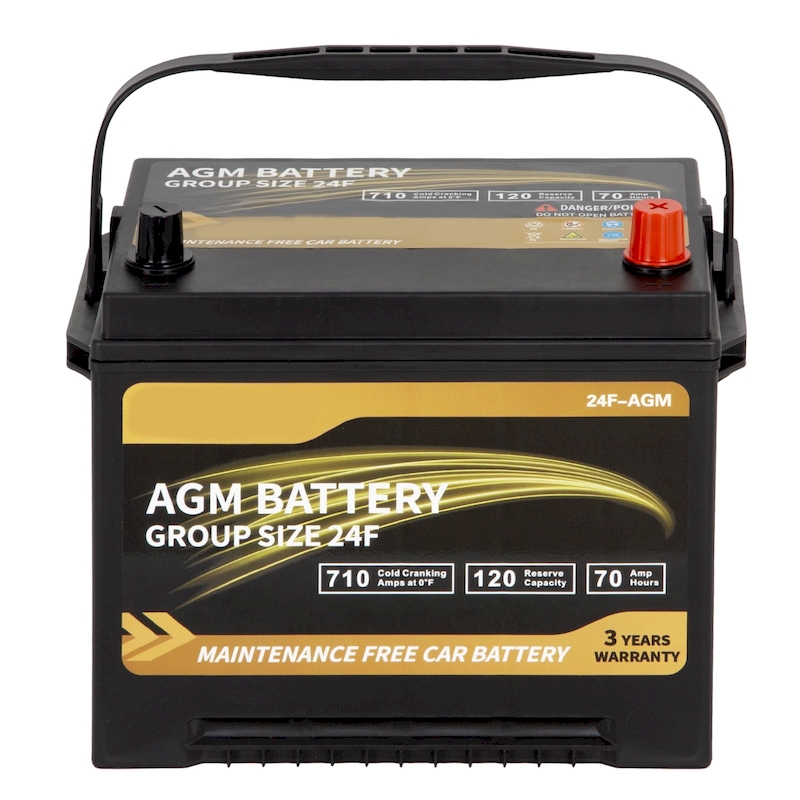A car battery is a critical component of any vehicle, serving as the power source for starting the engine and running electrical systems. Yet, despite their importance, most people don’t know what goes into making a car battery. While we see car batteries as a black box sitting under the hood, there’s a fascinating world of chemistry and engineering at play within. These batteries are the result of complex formulations of materials that work together to provide reliable energy. From lead and acid in traditional batteries to lithium and cobalt in newer models, understanding what car batteries are made of can demystify their operation and functionality. This article will delve deep into the various components of car batteries, their evolution over the years, and how advances in technology continue to shape what we can expect from automotive power systems in the future.

The Basics of Car Batteries
Car batteries have evolved significantly since their inception. At their core, car batteries are designed to store and deliver electrical energy. The most common type, the lead-acid battery, consists of lead plates and an electrolyte solution of sulfuric acid. This battery type was first developed in 1859 and has been the standard for vehicles ever since. Car batteries are characterized by their ability to provide a high burst of power for a short time, which is crucial for starting an engine. However, newer battery technologies are emerging, focusing on longevity, efficiency, and environmental impact. Understanding what these batteries are made of is essential for anyone interested in automotive technology, as it allows us to appreciate the intricate balance between functionality, reliability, and innovation.
Types of Car Batteries
To understand what car batteries are made of, it’s crucial to recognize the different types available today. Each type uses a unique combination of materials tailored to its intended applications.
Lead-Acid Batteries
These traditional batteries are composed of lead dioxide (PbO2), sponge lead (Pb), and sulfuric acid (H2SO4). The lead plates are submerged in the sulfuric acid electrolyte, which allows for electrochemical reactions that generate electrical energy. Lead-acid batteries are known for their robustness, affordability, and ability to deliver high currents, making them ideal for starting engines.
Absorbent Glass Mat (AGM) Batteries
AGM batteries are a type of lead-acid battery but use a fiberglass mat to absorb the electrolyte instead of using flooded liquid acid. This design allows for better vibration resistance, faster charging, and reduced risk of leakage. AGM batteries are commonly used in modern vehicles with advanced electrical systems and start-stop technology.
Lithium-Ion Batteries
Lithium-ion batteries have gained immense popularity, particularly in electric vehicles (EVs) and hybrid vehicles. They utilize lithium as a primary component along with cobalt, nickel, and manganese in different configurations. These batteries are lightweight, have a high energy density, and can charge and discharge significantly faster than lead-acid batteries. This makes them an ideal choice for cars that require advanced energy management.
Nickel-Metal Hydride (NiMH) Batteries
NiMH batteries are often found in hybrid vehicles. These batteries utilize a nickel oxide hydroxide and a hydrogen-absorbing alloy. They offer a higher energy density than traditional lead-acid batteries and are more environmentally friendly. NiMH batteries are known for their reliability and longevity, making them suitable for vehicles that operate under various conditions.

Solid-State Batteries
A newer development in battery technology, solid-state batteries, uses a solid electrolyte instead of liquid or gel electrolyte found in traditional batteries. While still in early stages of development, these batteries promise greater energy densities, enhanced safety by reducing flammability risks, and longer lifespan. Research is ongoing to make solid-state batteries cost-effective and practical for widespread automotive use.
The Chemistry Behind Car Batteries
Understanding what car batteries are made of requires a closer look at the chemical processes that occur during operation. The chemistry of car batteries largely revolves around the movement of ions between electrodes, which generates electricity.
Lead-Acid Battery Chemistry
In lead-acid batteries, when the battery is discharging, the lead dioxide (PbO2) on the positive plate reacts with sulfuric acid to release lead sulfate (PbSO4) along with hydrogen ions (H+) and electrons. The electrons flow through an external circuit to provide power to the car. On the negative plate, sponge lead (Pb) reacts similarly, also forming lead sulfate. When the battery is charged, the reactions reverse, converting lead sulfate back into its original components.
Lithium-Ion Battery Chemistry
In lithium-ion batteries, lithium ions move from the anode (typically made from graphite) to the cathode during discharge. Common materials used for the cathode include lithium cobalt oxide (LiCoO2) and lithium iron phosphate (LiFePO4), among others. The movement of lithium ions generates an electrical current, which powers the vehicle. During charging, the process is reversed, and lithium ions return to the anode, where they are stored until the next discharge.
Electrode Material Innovations
Battery manufacturers continually seek to improve electrode materials to enhance performance. Recent advancements include the use of silicon in anodes to replace or supplement graphite, significantly increasing capacity. For cathodes, research efforts are focused on high-nickel compositions that allow for improved energy density without compromising safety.
The Manufacturing Process of Car Batteries
The process of manufacturing car batteries is intricate and requires precise engineering and quality control to ensure safety and reliability. Each step in the manufacture of batteries is crucial, as any variation can lead to performance issues.
Lead-Acid Battery Manufacturing
The production of lead-acid batteries involves several key steps:
- Grid Casting: A mixture of lead and alloying elements (such as antimony or calcium) is melted and cast into grids, which serve as the skeleton for the plates.
- Plate Formation: The grids are coated with active materials (lead dioxide and sponge lead) in a paste form, which is then dried and cured.
- Assembly: Plates are assembled into cells, separated by a porous material, and immersed in an electrolyte solution.
- Formation Charging: The cells undergo formation charging, creating the necessary chemical reactions that prepare the battery for use.
- Sealing and Testing: Finally, the battery is sealed and undergoes extensive testing to ensure it meets safety and reliability standards before it is sent to market.
Lithium-Ion Battery Manufacturing
The production of lithium-ion batteries differs in structure and process, including these key steps:
- Electrode Preparation: Anode and cathode materials are mixed with a binder and solvent to create slurries, which are then coated onto metal foils.
- Drying and Cutting: Coated foils are dried, and the electrodes are cut into specific dimensions for assembly.
- CelL Assembly: Anodes, cathodes, and separators are assembled into cells, with electrolyte added to facilitate ion movement.
- Formation and Aging: Cells undergo formation, where they are charged and discharged to create the required electrochemical properties. The aging process ensures stability and reliability in performance.
- Quality Control: Each cell undergoes rigorous testing to meet safety and performance standards before being packaged for distribution.
Environmental Considerations
The materials and processes used in manufacturing car batteries raise environmental concerns, particularly regarding lead pollution from lead-acid batteries and the mining of lithium and cobalt for lithium-ion batteries. Efforts are underway to mitigate these impacts by promoting recycling and sustainable sourcing.
Recycling Car Batteries
Recycling programs play a crucial role in reducing the environmental impact of battery disposal. Lead-acid batteries are highly recyclable, with over 90% of lead components recoverable. Recycling can significantly reduce the need for new raw materials and minimize hazardous waste.
For lithium-ion batteries, however, the recycling process is more complex. Although recycling technologies are being developed, as of now, only a small percentage of lithium and cobalt is recovered from spent batteries. Companies are working on improving recycling methods to extract more metals and minimize waste.
Sustainable Sourcing
Beyond recycling, the sourcing of raw materials is essential for reducing environmental impacts. For lithium-ion batteries, mining activities raise concerns about habitat destruction, water pollution, and human rights violations in mining regions. Many companies are investigating alternative sources of lithium and cobalt and are committed to adopting more responsible extraction methods.
Future Developments in Car Battery Technology
As technology advances, the landscape of car battery materials is rapidly evolving. Innovations in chemistry and engineering promise to reshape our understanding of what car batteries are made of and their capabilities.
Developing Solid-State Technologies
Solid-state batteries represent the frontier of battery technology, with the potential to offer higher energy densities, increased safety, and faster charging times. Researchers are focusing on developing solid electrolytes and improving manufacturing processes to make solid-state batteries commercially viable.
Advancements in Lithium-Sulfur Batteries
Lithium-sulfur batteries are emerging as a promising alternative, offering potentially higher energy densities and lower costs than conventional lithium-ion technologies. The development of effective cathode materials remains a critical challenge for researchers in this area.

Integrating Battery Management Systems
The future of car batteries will also depend heavily on advances in battery management systems (BMS). Highly sophisticated BMS can improve battery performance, longevity, and safety by monitoring temperature, charge levels, and overall health. This technology becomes increasingly vital as the complexity of automotive power systems grows.
Conclusion
Understanding what car batteries are made of is essential for anyone interested in the automotive industry, from consumers to engineers. The materials and technologies used in battery construction heavily influence performance, safety, and environmental impact, and the industry is poised for rapid evolution as new technologies emerge. As we transition to electric vehicles and explore advanced battery architectures, knowing the intricacies of battery chemistry, manufacturing, and recycling practices becomes increasingly important. Moreover, as environmental issues gain prominence, our approach to sourcing materials and managing battery lifecycles will play a crucial role in developing sustainable vehicle ecosystems. By investing in research and promoting responsible practices, we can ensure the evolution of car batteries not only meets our energy needs but also aligns with global sustainability goals.

